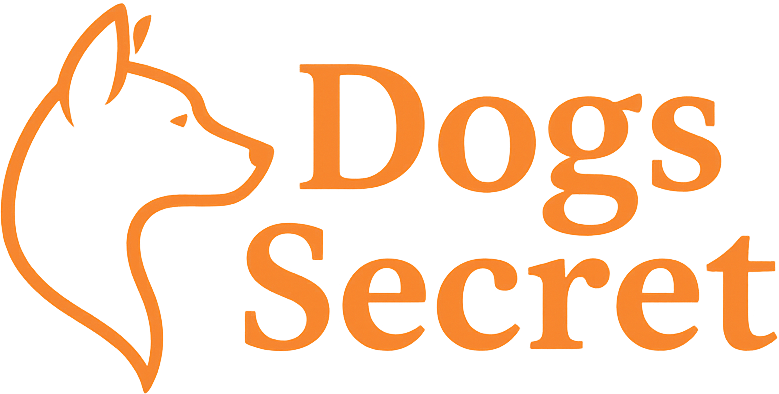Feeding your dog the right food is important—but feeding at the right time and frequency can be just as critical for their health, digestion, and behavior. Whether you’re raising a growing puppy or caring for a senior companion, understanding the best feeding schedule is essential for a happy, healthy dog.
In this guide, we’ll explain how many times a day you should feed your dog based on age, breed size, lifestyle, and health, along with expert tips to build the ideal feeding routine.
Why a Feeding Schedule Matters
A consistent feeding routine helps:
- Maintain a healthy weight
- Improve digestion and nutrient absorption
- Support regular bathroom habits
- Reduce anxiety around mealtime
- Reinforce training and structure in your dog’s day
Free-feeding (leaving food out all day) is convenient, but it can lead to overeating, obesity, or picky eating habits.
General Feeding Frequency by Life Stage
Dog’s Age | Feedings per Day |
|---|---|
6–12 weeks (puppies) | 4 meals/day |
3–6 months | 3 meals/day |
6–12 months | 2–3 meals/day |
1–7 years (adults) | 2 meals/day |
7+ years (seniors) | 2 meals/day (or 3 smaller meals if needed) |
Note: Large breed puppies benefit from 3+ meals daily to slow growth and protect joints.
How Often Should You Feed Your Dog?
🐶 Puppies
Require more frequent feeding to support growth and stable blood sugar.
- Choose a high-quality puppy formula
- Space meals 4–6 hours apart
- Stick to the same times each day
🐕 Adult Dogs
Twice daily feeding is the gold standard for most adult dogs.
- Morning and evening meals
- Helps manage hunger and behavior
- Reduces risk of bloat (especially in large breeds)
🐕🦺 Senior Dogs
Stick with 2 meals, or split into 3 smaller portions for dogs with slower digestion or medical conditions (e.g. diabetes).
Should You Feed Your Dog Once a Day?
Feeding once a day is not recommended for most dogs. While some dogs may adapt, once-daily meals can lead to:
- Hunger-related vomiting (bile reflux)
- Energy dips or food-guarding
- Increased risk of bloat in large breeds
Always consult your vet before trying a once-a-day schedule.
Ideal Feeding Times
Consistency is key. A typical schedule:
- Breakfast: 7–9 AM
- Dinner: 5–7 PM
- Add lunch or a late evening meal for puppies or dogs with special needs
Avoid feeding right before or after exercise, especially in large breeds (risk of bloat).
Adjusting Based on Lifestyle
- Active or working dogs: May need 3 meals for sustained energy
- Toy breeds: May require more frequent feedings due to fast metabolism
- Overweight dogs: Use meal timing to manage hunger and calorie intake
- Dogs with medical conditions: Follow vet-prescribed feeding schedules
Tips for a Healthy Feeding Routine
- Stick to regular times—dogs love routine
- Use a measuring cup or scale for accuracy
- Don’t leave food out for longer than 20 minutes
- Provide fresh water at all times
- Avoid feeding immediately before or after exercise
- Limit treats to 10% of daily calories
Wet Food vs. Dry Food Schedules
Wet food may require more frequent feedings, especially if split into smaller portions. Dry food is easier to store and measure for 2-meal routines.
Combination feeding (wet + dry) can still follow a 2 or 3-meal structure—just balance the calories across portions.
Conclusion
The best feeding schedule depends on your dog’s age, size, activity level, and health needs. Most dogs thrive on two structured meals a day, but puppies, seniors, and special cases may need adjustments.
Want a printable daily feeding chart or a personalized meal planner? Visit our Dog Feeding Schedule Hub to download helpful tools.

